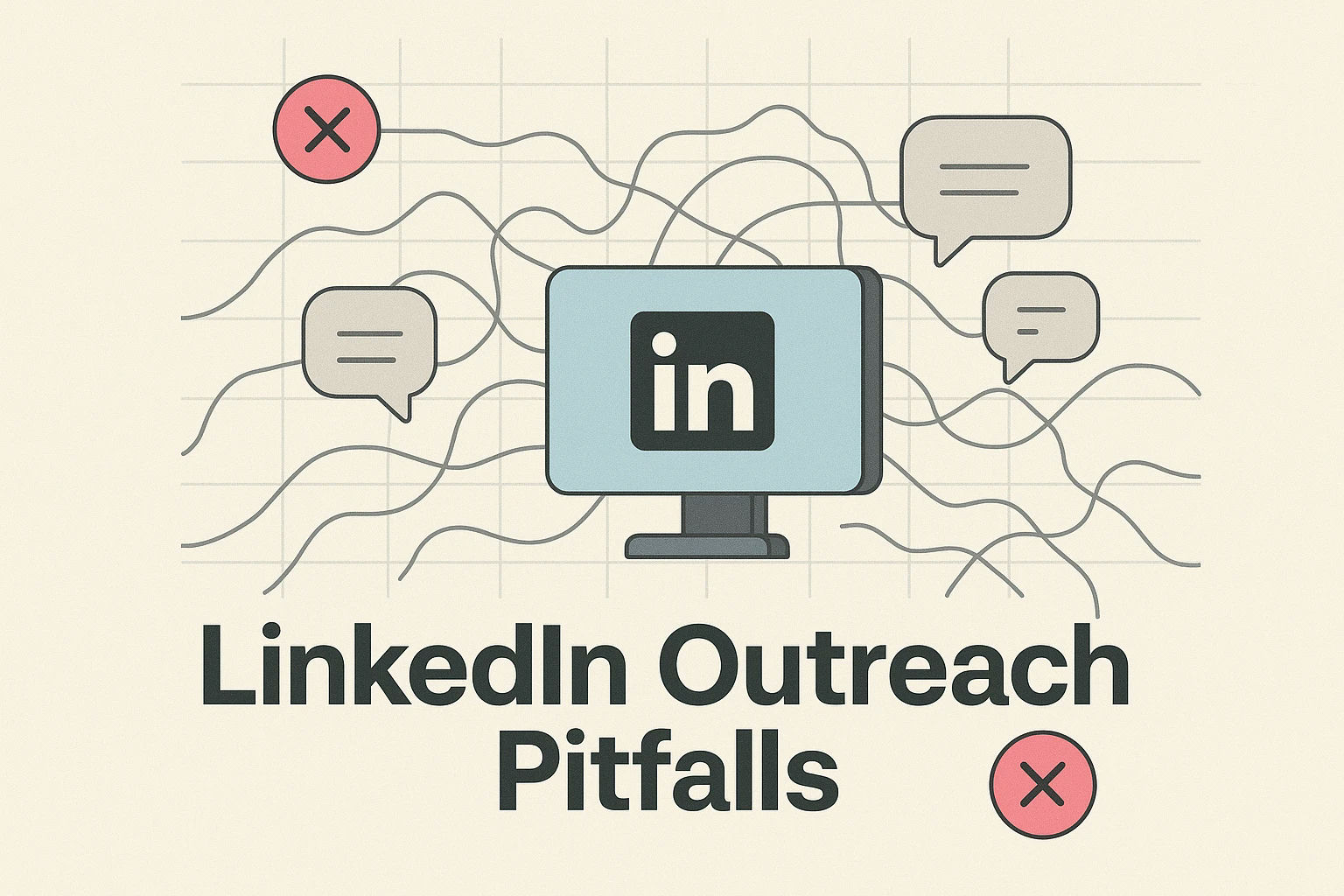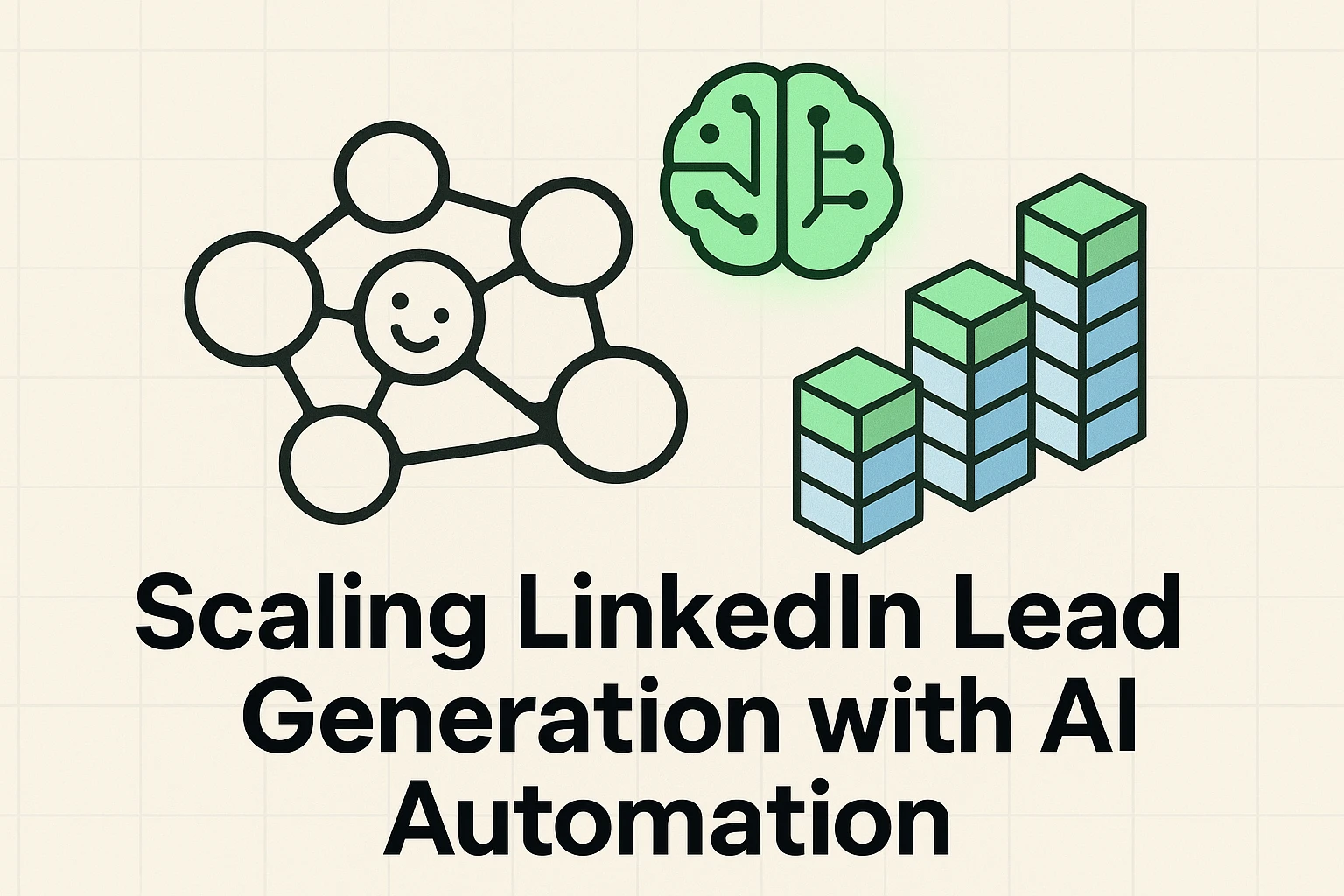Developing a Comprehensive AI Governance Framework for High-Growth Companies
You're moving fast. You're leveraging AI to find leads automate marketing processes and streamline operations. It's exciting and it's working. But as you scale that AI usage quickly questions start popping up. Are we using AI ethically Are we compliant with all these new regulations Who's actually responsible if an AI system makes a bad decision
Ignoring these questions might seem like the fast path but for a high-growth company it's actually the road to potential disaster. Uncontrolled AI adoption brings serious risks from privacy violations and biased outcomes to hefty fines and reputational damage. Just look at the headlines the landscape is getting more complex and regulators are paying attention. For scaling businesses where agility is king finding the balance between rapid innovation and responsible AI is crucial. You need a framework but not a slow bureaucratic one. You need a scalable AI governance framework.
This guide is for you. It’s about building that essential structure tailored for the speed and unique challenges of a high-growth environment. It's about enabling sustainable growth by embedding trust responsibility and compliance into your AI journey from the start.
The High-Growth Imperative: Why Standard AI Governance Isn't Enough
High-growth companies aren't just bigger versions of small businesses. You operate differently. You prioritize speed iteration and seizing opportunities. Your teams are lean your data velocity is high and your focus is often on building things now.
This rapid pace amplifies the stakes when it comes to AI. While established corporations might move cautiously testing AI in silos you're likely deploying AI across multiple functions quickly. This means potential risks like data security gaps biased algorithms impacting customers or employees or falling foul of evolving regulations aren't theoretical they're immediate concerns with significant potential fallout.
Think about it. According to research many organizations don't fully understand or control their AI usage. For a company scaling rapidly this lack of visibility is a ticking time bomb. Standard AI governance frameworks often designed for larger slower organizations can feel like they're built to impede speed not enable responsible acceleration. You need something that fits your metabolism not hinders it. You need governance that is agile adaptable and integrated not bolted on as an afterthought.
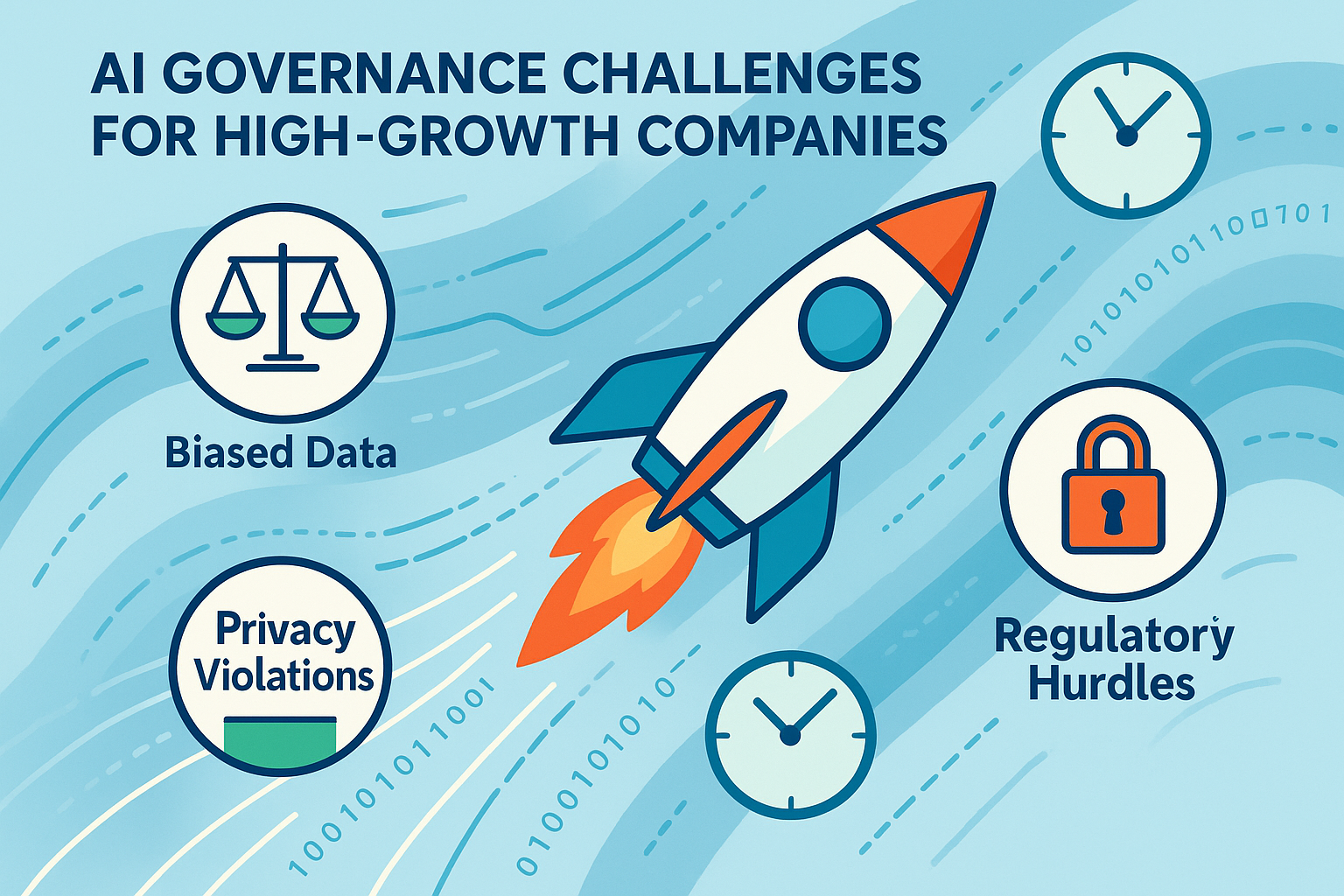
Navigating accelerating AI regulation while growing fast is a significant challenge. Non-compliance can lead to massive fines and damage your reputation. You need a framework that anticipates these issues integrating legal and ethical considerations from the design phase not just before deployment.
Cornerstones of Your Scalable AI Governance Framework
A robust scalable AI governance framework for high-growth isn't about creating layers of bureaucracy. It's about embedding core principles and practical processes that can flex and grow with you. Here are the seven essential cornerstones:
- Principle-Driven Ethics: Start with your core values. What kind of company do you want to be in the age of AI Embed ethical principles like fairness accountability transparency and privacy into every AI decision from the outset. These principles should guide your policies and practices as you scale.
- Agile Data Governance: AI relies heavily on data. As your company grows so does the volume and complexity of your data. You need strategies for managing this data ethically securely and efficiently without creating bottlenecks. This includes clear policies on data collection usage storage and retention specific to AI applications.
- Right-Sized Transparency & Explainability: Not every AI system needs to be explainable to everyone but you need a policy on when and to whom transparency is necessary. For high-growth companies this means providing clarity appropriate for your scale focusing on high-impact or customer-facing AI uses.
- Dynamic Accountability: Assign clear ownership for AI systems data and outcomes. In a scaling company roles evolve rapidly. Your framework must define who is responsible at different stages and how that responsibility shifts as teams expand or projects mature. A trend towards dedicated AI governance functions is emerging with many companies planning to establish them.
- Proactive Bias Mitigation: Bias in AI isn't just an ethical issue it's a business risk. Biased systems can alienate customers discriminate in hiring or lead to poor decisions. Build fairness into your models and data pipelines as you scale by incorporating bias detection and mitigation techniques early in the development process.
- Compliance baked-in: Design your AI systems and processes with regulatory adherence in mind from the start. Don't wait until you're about to launch to think about GDPR CCPA or emerging AI-specific laws. Integrating compliance requirements early saves time and prevents costly rework down the line.
- Iterative Monitoring & Assessment: Set up mechanisms to continuously monitor your AI systems for performance bias drift and compliance issues. Establish feedback loops that can handle an increasing number of AI applications ensuring you learn from deployments and adapt your framework over time.
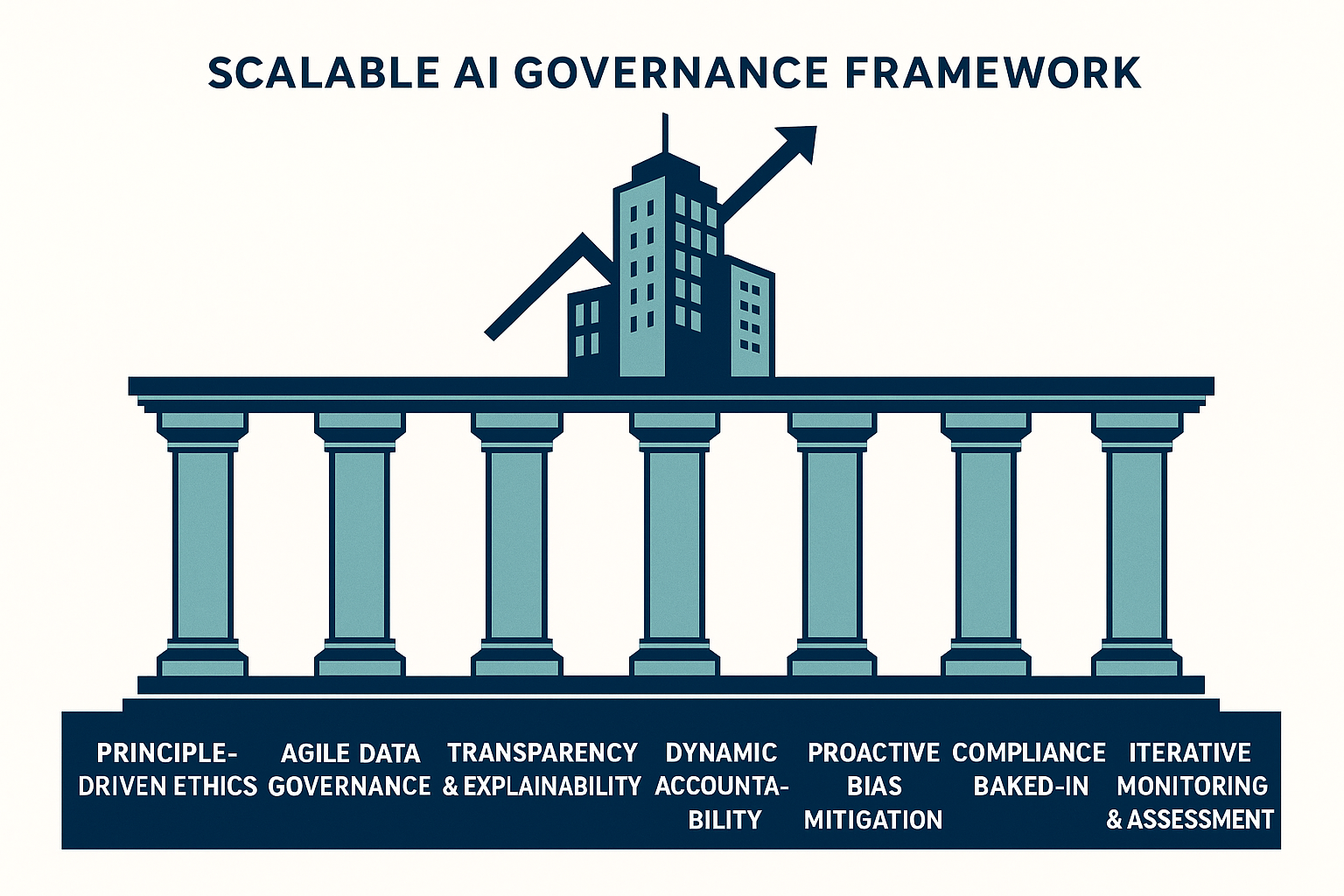
Implementing these cornerstones requires a strategic approach that acknowledges the realities of a fast-paced growth environment.
Building Your Framework: A Step-by-Step Playbook for Scaling Teams
Creating your scalable AI governance framework doesn't have to be a massive undertaking that slows you down. Think of it as an iterative process built in phases.
Phase 1: Laying the Foundation
- Assess Your AI Landscape: What AI are you using now What are your planned AI initiatives Map out your current and future use cases focusing on their potential impact risk level and data requirements. This helps you prioritize where to focus your governance efforts first.
- Define Objectives: What do you want your AI governance framework to achieve for your high-growth company Is it primarily risk mitigation ensuring ethical use or enabling trust Define your core objectives aligned with your business goals.
- Identify Stakeholders: AI impacts every part of the business. Bring together representatives from legal compliance IT data science engineering product marketing and leadership. Form a cross-functional working group this isn't just an IT or legal problem.
Phase 2: Designing the Structure
- Define Roles and Responsibilities: Clearly map out who is responsible for what. This includes AI development data management risk assessment policy enforcement and monitoring. Design roles that can scale and adapt as your teams grow.
- Establish Lean Decision-Making: Avoid creating bureaucratic hurdles. Design clear efficient processes for approving new AI initiatives assessing risks and making decisions about policy exceptions or updates. Empower decentralized decision-making within defined guidelines.
- Prioritize Policy Development: You don't need every policy on day one. Start with high-risk areas identified in Phase 1 like customer data usage automated decision-making that impacts individuals or interaction with sensitive information. Use available resources and templates where appropriate customizing them to your specific needs and culture.
Phase 3: Implementing and Integrating
- Integrate into Development Lifecycle: Build governance checkpoints directly into your AI/ML development lifecycle. Make it a standard part of the process not an extra step. This could include mandatory risk assessments before deployment or bias checks during model training. Keep these initial integrations lightweight to maintain speed.
- Implement Technical Safeguards: Put necessary technical controls in place. This includes robust data security measures access controls auditing capabilities and monitoring tools. These safeguards automate compliance and reduce manual effort.
- Develop Internal Guidelines: Translate your policies into practical guidelines and best practices for teams working with AI. Provide training and resources to ensure everyone understands their responsibilities and how to work within the framework. Leverage or adapt available template resources.
Phase 4: Operating and Evolving
- Continuous Monitoring: Set up automated monitoring for key metrics like model performance bias metrics data quality issues and unusual system behavior. This allows you to proactively identify and address problems.
- Establish Feedback Mechanisms: Create channels for employees customers or partners to report concerns or issues related to your AI systems. Use this feedback to improve your models and refine your governance framework.
- Regular Review and Adaptation: Your company will grow the AI landscape will change and regulations will evolve. Schedule regular reviews of your framework policies and processes (e.g. quarterly or annually) to ensure they remain relevant effective and scalable.
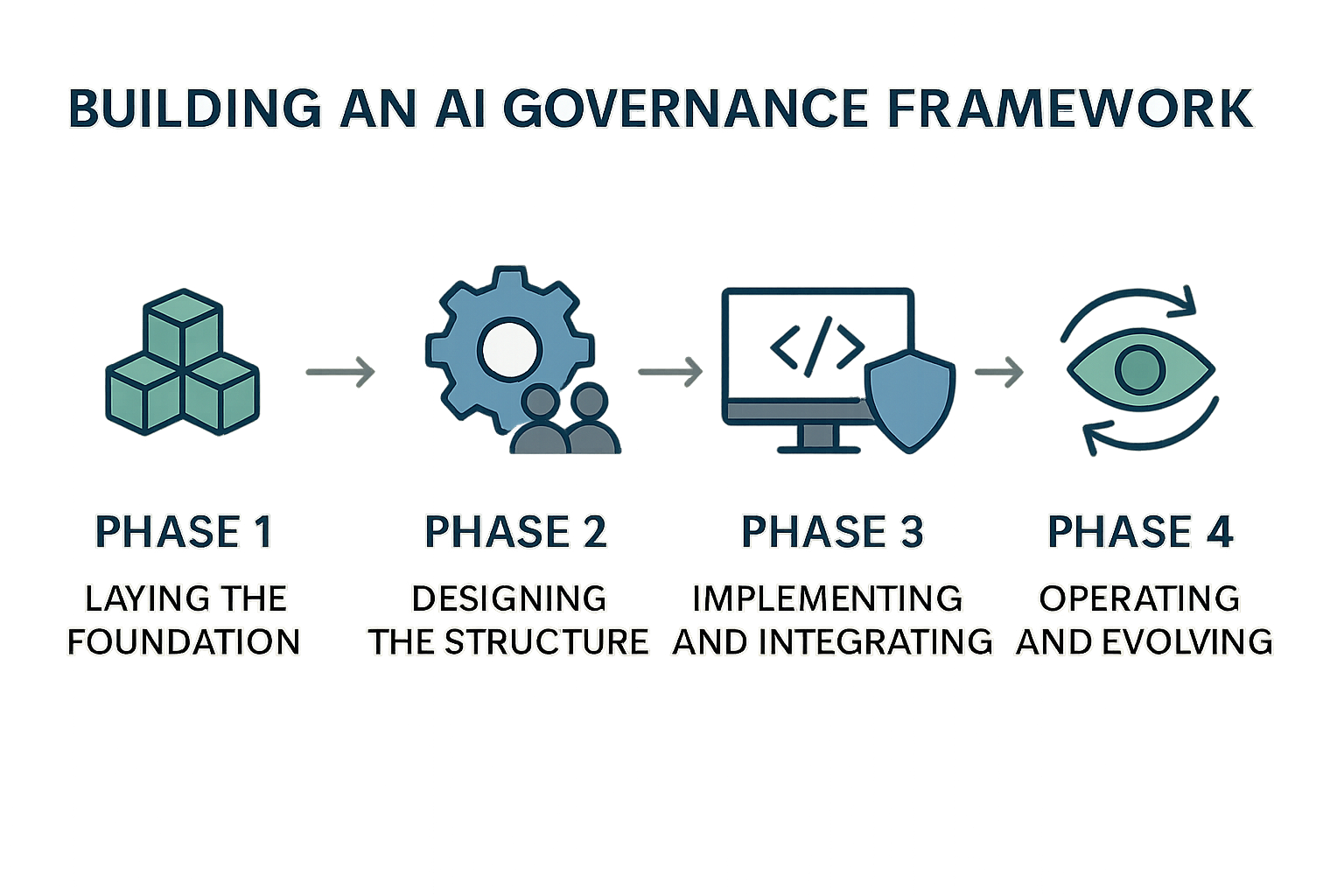
Overcoming High-Growth Hurdles in AI Governance
Building this framework in a high-growth environment comes with specific challenges but they aren't insurmountable.
- Addressing Limited Resources: You likely don't have a massive compliance team yet. Prioritize governance efforts based on risk. Leverage automation for monitoring and compliance checks. Consider bringing in external expertise for specific areas like legal compliance or complex data governance challenges when needed.
- Balancing Speed and Governance: This is the core challenge. Frame governance not as a roadblock but as a guardrail that prevents costly mistakes down the line. Implement "GovOps" principles integrating governance into your DevOps or MLOps pipelines. Empower teams with clear guidelines so they can move fast within safe boundaries.
- Managing Data Complexity: As you scale data sources multiply. Invest in scalable data governance tools and practices early on. Clean well-managed data is the foundation not just for good AI but for responsible AI.
Integrating Your Framework with Existing Policies
Your AI governance framework won't exist in a vacuum. It needs to seamlessly connect with your company's existing policies.
- Data Governance: This is the most critical link. Your AI governance must align with and ideally be an extension of your overall data governance strategy ensuring ethical data collection usage and privacy across all systems.
- Cybersecurity and IT Policies: AI systems introduce new security vulnerabilities. Your AI governance needs to integrate with cybersecurity policies covering secure development access control monitoring and incident response for AI assets.
- HR Policies: Consider the impact of AI on your employees. This includes policies around using AI in HR processes (hiring performance reviews) the use of AI by employees in their work and training on responsible AI tools.
Measuring Success and Demonstrating Value
How do you know your AI governance is working And how do you show it's worth the investment
Success isn't just about avoiding fines. It's about quantifying risk reduction demonstrating compliance posture and showing how ethical AI practices build trust with customers and partners. Position governance as a strategic driver of trust competitive advantage and sustainable growth. It enables you to confidently deploy AI at scale knowing you're doing so responsibly.
Conclusion
For high-growth companies AI is a fundamental engine of acceleration. But just like any powerful engine it requires careful handling. Developing a comprehensive scalable AI governance framework isn't a compliance burden it's a strategic imperative for sustainable growth.
By embedding ethical principles defining clear responsibilities integrating governance into your fast-paced processes and building a framework that can scale with you you protect your company from significant risks while building trust and ensuring long-term success. Start early iterate quickly and make responsible AI a core part of your growth story.
Frequently Asked Questions About AI Governance for High-Growth Companies
Q: Is AI governance just about avoiding legal trouble
A: While compliance is a key part of it AI governance is much broader. It's about ensuring AI systems are fair transparent accountable and secure. For high-growth companies it's also about building trust maintaining brand reputation and enabling sustainable scaling without encountering ethical or operational roadblocks.
Q: We're moving too fast to build a full governance framework right now. Can we wait
A: Waiting increases risk significantly. The potential costs of getting AI wrong including legal penalties reputational damage and fixing biased systems far outweigh the effort of starting governance early. For high-growth companies the key is to build a scalable framework starting with core principles and high-risk areas and iterating as you grow rather than trying to build everything at once.
Q: Who should be responsible for AI governance in a high-growth company
A: AI governance is a cross-functional effort. It typically involves leadership legal compliance IT data science engineering and product teams. Many companies are establishing or planning to establish dedicated AI governance functions or committees to coordinate these efforts.
Q: How can we implement governance without slowing down innovation
A: The goal is "GovOps" integrating governance directly into your development pipelines. This means embedding automated checks defining clear approval processes for different risk levels and empowering teams with clear guidelines. The framework should be a guide enabling responsible innovation not a bureaucratic barrier.
Q: What are the biggest risks of not having AI governance in a high-growth company
A: The risks are amplified in a fast-scaling environment. They include non-compliance with regulations leading to fines (like those seen with Clearview AI and others) privacy violations biased outcomes that harm users or employees reputational damage cybersecurity vulnerabilities associated with AI systems and potential loss of trust from customers and investors.
Q: Where do we even start with creating policies
A: Start with an assessment of your current and planned AI use cases identifying the highest risk areas. Focus on developing policies for those areas first such as data usage automated decision-making or user interaction. Look for available templates online (like those for AI acceptable use policies) but be sure to customize them to your company's specific context and values.
Building a robust AI governance framework tailored for the unique rhythm of your high-growth company is complex. It requires balancing speed with structure ethics with innovation. If you're a high-growth organization looking to integrate advanced AI systems responsibly scale your operations and navigate the future of AI with confidence exploring tailored AI automation solutions training and consulting could be your next step.
Join Our Growing AI Business Community
Get access to our AI Automations templates, 1:1 Tech support, 1:1 Solution Engineers, Step-by-step breakdowns and a community of forward-thinking business owners.
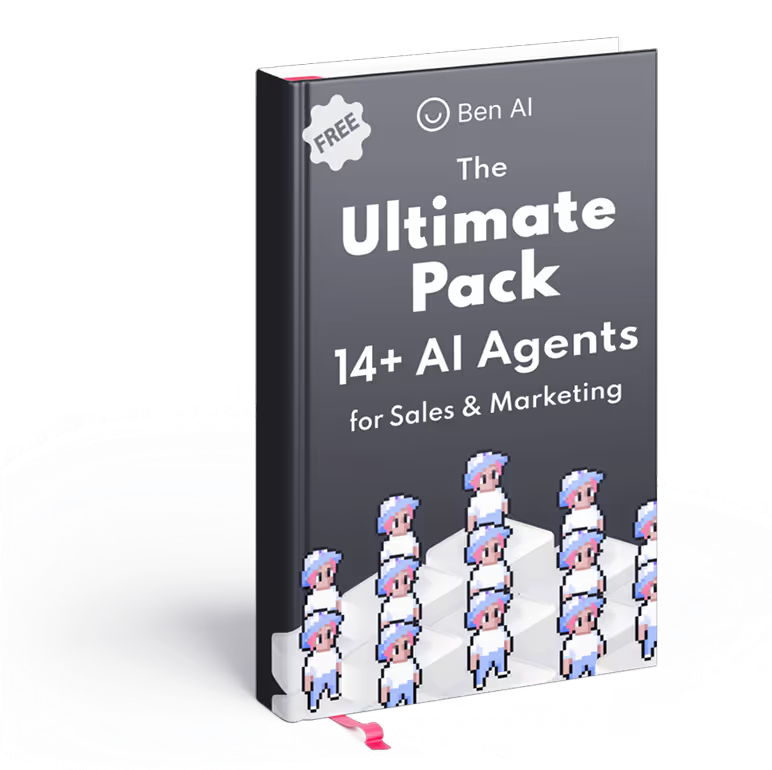
Latest Blogs
Explore our latest blog posts and insights.



